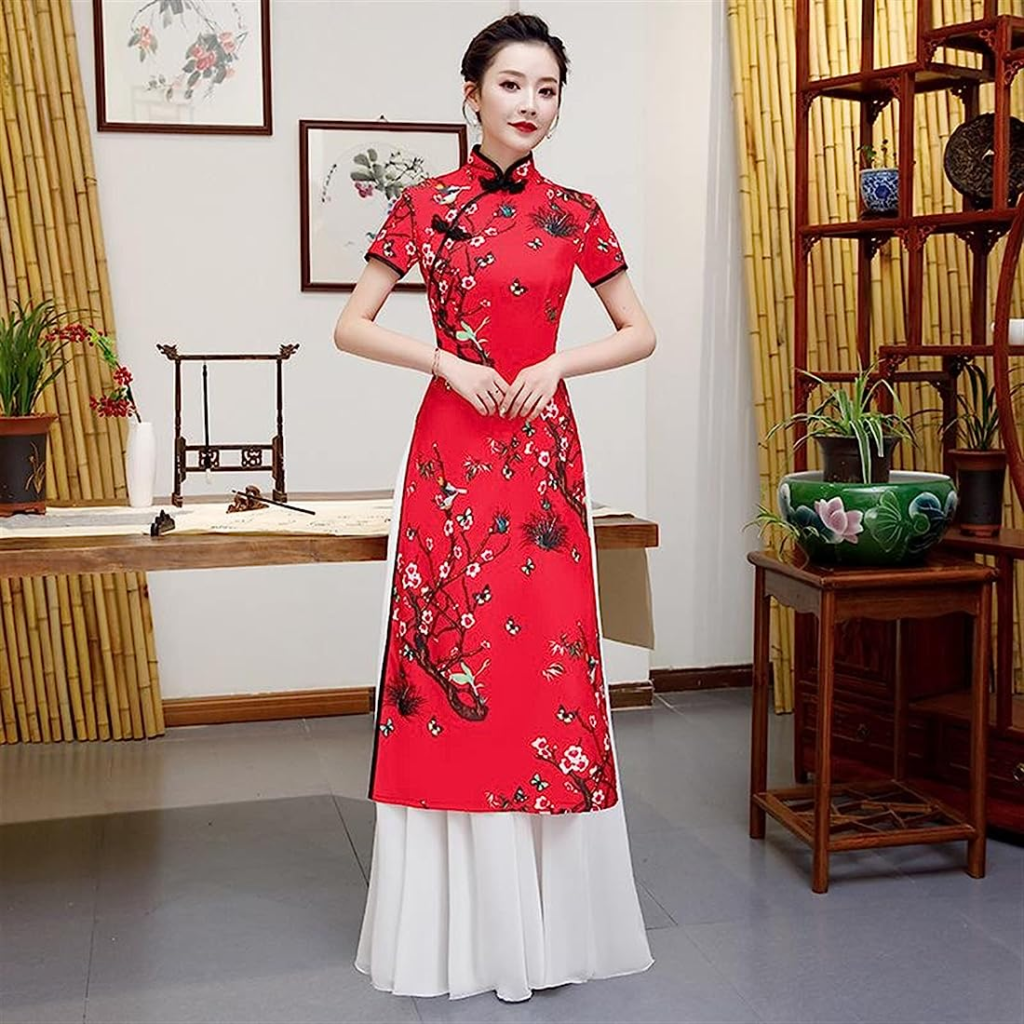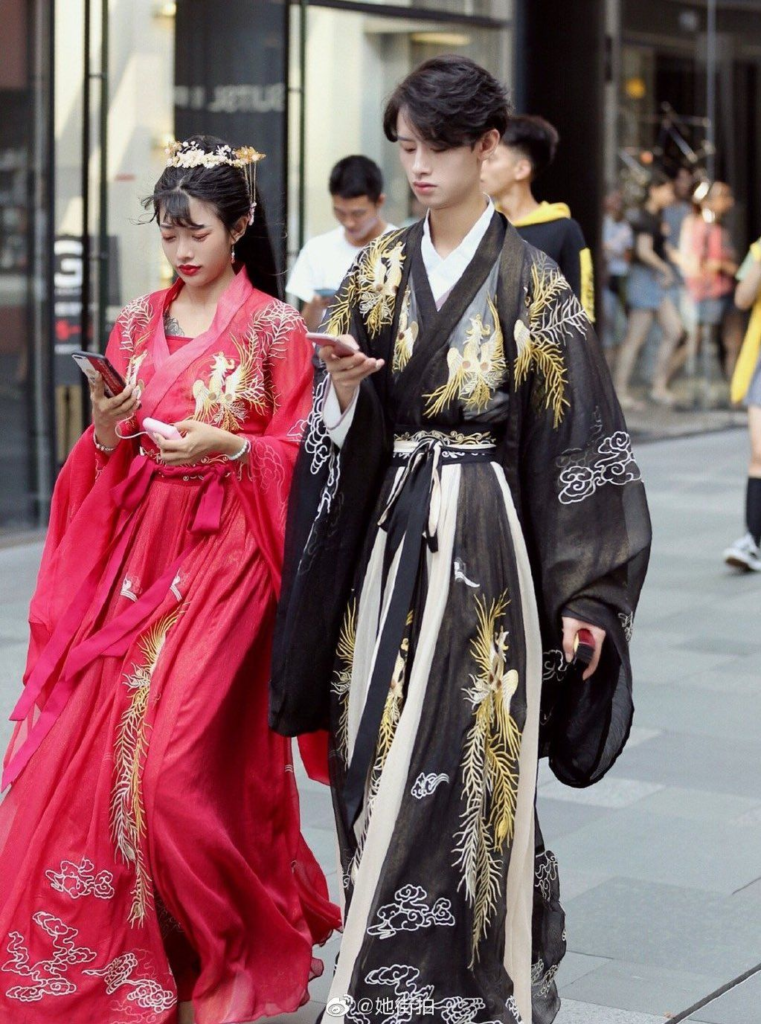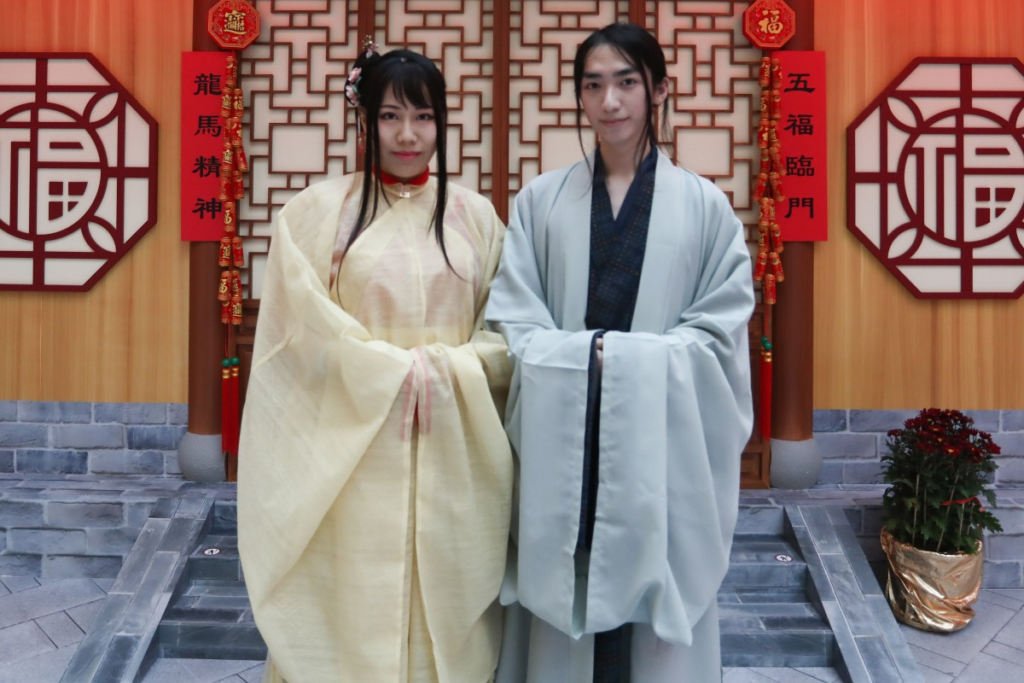Chinese traditional dress, also known as Hanfu, cheongsam, or qipao, carries a rich cultural heritage that spans thousands of years. Rooted deeply in Chinese history, these exquisite garments are not only symbols of elegance and grace but also reflect the country’s diverse culture and traditions. In this blog post, we’ll explore the mesmerizing world of Chinese traditional dress for both men and women, appreciating the intricate designs, symbolism, and artistry behind these iconic attires.
Embracing the Beauty of Chinese Traditional Dress
Chinese traditional dress, also known as Hanfu, Cheongsam, Qipao, or Ao Dai, embodies the rich cultural heritage and timeless elegance of China. In this article, we will delve into the fascinating world of Chinese traditional dress, exploring its history, styles, symbolism, and influence on modern fashion.
The History and Significance of Chinese Traditional Dress

Chinese traditional dress has a long and storied history, dating back thousands of years. Its roots can be traced to the ancient dynasties, where clothing was used as a symbol of social status, wealth, and identity. Over time, the style and design of traditional dress evolved, reflecting changes in dynasties, regional cultures, and global influences.
Types of Traditional Dresses for Men
The Mandarin Jacket

The Mandarin Jacket, also known as “Zhongshan Zhuang,” is a classic traditional dress for men. It features a high-collar design, a buttoned front, and exquisite embroidery. The Mandarin Jacket is often paired with loose-fitting pants, creating a sophisticated and dignified look.
The Cheongsam

Originally designed for women, the Cheongsam has also become a popular choice for men. It is a form-fitting dress with a high collar and slits on the sides, allowing for ease of movement. The modern version of the Cheongsam for men combines traditional elements with contemporary fashion, offering a blend of elegance and masculinity.
Styles and Features of Traditional Dresses for Women
The Qipao

The Qipao is perhaps the most well-known Chinese traditional dress for women. It is characterized by its form-fitting silhouette, high collar, and side slits. The Qipao showcases the grace and femininity of the wearer, with variations in sleeve length, fabric, and embroidery, representing different regions and historical periods.
The Hanfu

The Hanfu is a traditional dress that dates back to ancient China. It is characterized by its loose and flowing silhouette, wide sleeves, and layered garments. The Hanfu is often adorned with intricate patterns and rich colors, reflecting the wearer’s social status and the season.
The Ao Dai

The Ao Dai is a Vietnamese variation of the traditional Chinese dress. It consists of a long tunic worn over wide-legged pants. The Ao Dai is renowned for its elegance and simplicity, emphasizing the natural beauty and grace of the wearer.
The Symbolism Behind Chinese Traditional Dress

Colors, patterns, and embellishments carry cultural significance, representing virtues, blessings, and wishes for the wearer. Red symbolizes good fortune and joy, while gold represents wealth and prosperity. Embroidered dragons symbolize power, and phoenix motifs signify beauty and grace.
The Influence of Traditional Dress on Modern Fashion

Chinese traditional dress has had a significant impact on modern fashion trends. Designers around the world have drawn inspiration from the elegance, intricate details, and cultural heritage of traditional dress. Runways and fashion shows often feature modern adaptations of Chinese traditional dress, blending Eastern and Western aesthetics.
Wearing Chinese Traditional Dress: Occasions and Etiquette

It is essential to observe proper etiquette when donning a traditional dress, including appropriate accessories, hairstyles, and makeup. Understanding the cultural context and significance of each garment ensures respectful and authentic representation.
Colors and Patterns in Chinese Traditional Dress

Colors play a vital role in Chinese traditional dress, each carrying symbolic meanings. Red represents good luck and happiness, while blue symbolizes vitality and harmony. Patterns such as the Chinese knot and the double happiness symbol are commonly used to enhance the auspicious and celebratory nature of the dress.
Materials and Embellishments in Traditional Dress Making

Chinese traditional dress is crafted using a variety of materials, including silk, brocade, and satin. These fabrics are chosen for their luxurious texture, vibrant colors, and ability to drape gracefully. Embellishments like embroidery, beading, and sequins add intricate details, elevating the overall beauty of the garment.
Accessorizing Chinese Traditional Dress

Men may wear silk scarves, tasseled hats, or decorative waistbands, while women can adorn themselves with elaborate hairpins, jade jewelry, and ornate hand fans. These accessories enhance the authenticity and cultural richness of the ensemble.
The Global Popularity and Adaptation of Chinese Traditional Dress

Chinese traditional dress has gained immense popularity worldwide, transcending cultural boundaries. Its unique blend of elegance, tradition, and artistry has captured the fascination of fashion enthusiasts, celebrities, and designers alike. Western adaptations of Chinese traditional dress have become prevalent, showcasing the beauty and versatility of this iconic attire.
Chinese Traditional Dress in Contemporary Media and Arts

Chinese traditional dress often takes center stage in movies, television shows, and artistic performances, both in China and internationally. Its distinct visual appeal and cultural significance make it a compelling choice for costume designers and directors. The portrayal of Chinese traditional dress in media contributes to its preservation and raises awareness of its historical and artistic value.
Preserving and Promoting Chinese Traditional Dress

Cultural organizations, museums, and educational institutions play a crucial role in documenting its history, conducting research, and organizing exhibitions. The popularity of Chinese traditional dress among the younger generation indicates a positive trend in preserving this valuable aspect of Chinese culture.






Recent Comments